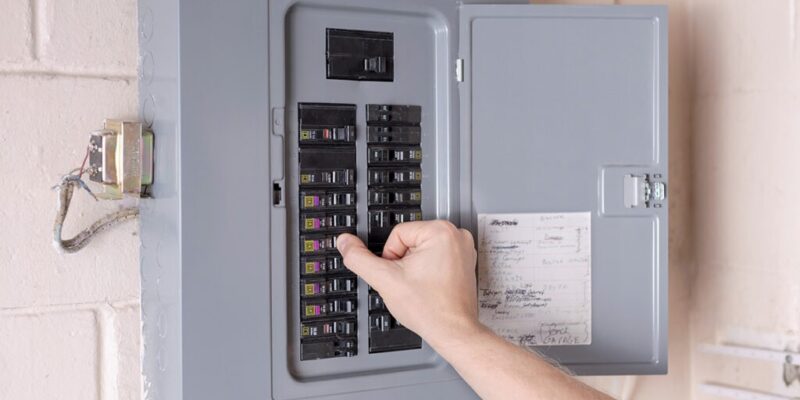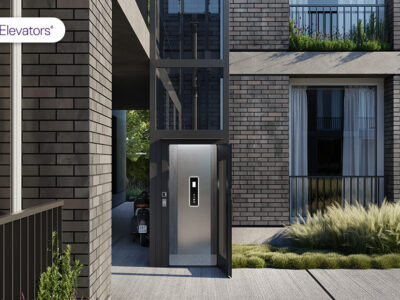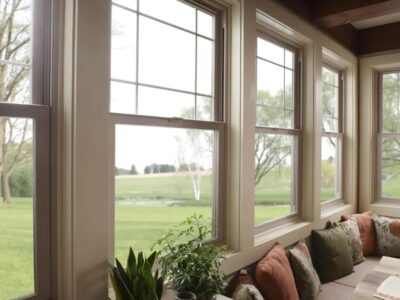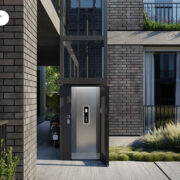Your home’s electrical system is the backbone of modern living, supplying power to everything from kitchen appliances to home entertainment systems. At the center of this system is the circuit breaker panel, which distributes electricity safely throughout your home while preventing overloads and electrical fires. Choosing the right circuit breaker panel is essential for maintaining a reliable and efficient electrical setup, especially if you’re upgrading an old panel or building a new home.
This guide will walk you through the key factors to consider when selecting a circuit breaker panel, ensuring that your home’s electrical system remains safe, up to code, and ready for future energy demands.
Understanding the Role of a Circuit Breaker Panel
A circuit breaker panel, also known as a breaker box or electrical panel, is responsible for distributing electricity to different circuits in your home. Each circuit is protected by a breaker that automatically shuts off power in case of an overload or short circuit, preventing potential hazards.
Modern homes rely on circuit breaker panels to regulate power flow efficiently. If your home still uses an old fuse box, upgrading to a modern panel is highly recommended for safety and convenience.
Types of Circuit Breaker Panels
Before purchasing a new breaker panel, it’s important to understand the different types available:
1. Main Breaker Panel
This is the primary control center of your home’s electrical system. It contains a large breaker that can shut off power to the entire house in case of an emergency. This type of panel is typically installed in basements, garages, or utility rooms.
2. Subpanel
A subpanel is an extension of the main breaker panel and is used when additional circuits are needed in specific areas of the home, such as a detached garage, workshop, or home addition. It draws power from the main panel but operates independently for the designated area.
3. Transfer Switch Panel
If you have a backup generator, a transfer switch panel allows you to safely switch between grid power and generator power during an outage. This ensures that essential appliances continue running when the main power supply is disrupted.
Choosing the Right Panel Size
Breaker panels come in different sizes, typically measured in amperage capacity. The most common sizes for residential homes include:
- 100-amp panels – Suitable for small homes or apartments with minimal electrical demands.
- 150-amp panels – A good option for mid-sized homes with moderate energy consumption.
- 200-amp panels – The standard for modern homes, allowing for higher power needs, including electric vehicles and high-power appliances.
- 400-amp panels – Typically used in large homes or properties with multiple heavy-duty electrical systems.
If you’re unsure about the right panel size, consider your current power usage and any future upgrades you may plan, such as home additions, an electric car charger, or solar panel installations.
Breakers and Circuit Allocation
Each circuit breaker panel contains multiple breakers that control different circuits in your home. Common circuit allocations include:
- 15-amp or 20-amp breakers for standard lighting and outlets.
- 30-amp breakers for heavy appliances such as dryers and water heaters.
- 50-amp breakers for high-power appliances like electric stoves.
- 100-amp or higher for subpanels or special equipment.
When choosing a panel, ensure it has enough slots for your current needs while allowing room for future expansion. A crowded panel can lead to electrical issues and limit your ability to add new circuits later.
Safety Features to Consider
When upgrading or installing a new circuit breaker panel, look for safety features that enhance the reliability of your electrical system:
- AFCI (Arc-Fault Circuit Interrupters): Helps prevent electrical fires caused by wiring faults.
- GFCI (Ground-Fault Circuit Interrupters): Protects against electric shocks, especially in wet areas like kitchens and bathrooms.
- Surge Protection: Some modern panels include built-in surge protectors to safeguard appliances from power surges.
Installation Considerations
While some experienced homeowners may feel comfortable replacing or upgrading a circuit breaker panel, it’s often best to hire a licensed electrician. Here are a few reasons why professional installation is recommended:
- Compliance with Electrical Codes: Electrical codes vary by region, and a professional ensures your panel meets all local regulations.
- Safety Concerns: Improper installation can lead to electrocution hazards or fire risks.
- Permit Requirements: Many jurisdictions require permits and inspections for panel upgrades or installations.
Understanding Switchboards and Panelboards
In larger residential properties or commercial buildings, electrical distribution systems often include switchboards and panelboards to manage power flow efficiently. While a typical circuit breaker panel is sufficient for most homes, switchboards are used in buildings with complex power needs, distributing electricity across multiple subpanels or high-capacity circuits.
Panelboards, on the other hand, are similar to circuit breaker panels but are commonly found in industrial settings or large residential properties with advanced electrical systems. Understanding these distinctions can help homeowners with expansive properties make informed decisions when upgrading their electrical system.
When to Upgrade Your Circuit Breaker Panel
If your current electrical panel is outdated, frequently trips, or lacks capacity for new appliances, it may be time for an upgrade. Common signs that indicate the need for a new breaker panel include:
- Frequent breaker trips or flickering lights.
- A burning smell or scorch marks near the panel.
- The presence of an old fuse box instead of a modern breaker panel.
- Insufficient circuits for new appliances or home additions.
- Breakers that feel hot to the touch or make buzzing sounds.
An upgrade ensures that your home’s electrical system remains safe, efficient, and capable of handling modern energy demands.
Future-Proofing Your Home’s Electrical System
With the increasing adoption of smart home technology, electric vehicles, and renewable energy systems, choosing a panel that allows for future expansion is a smart investment. When selecting a new breaker panel, consider options that:
- Allow for additional circuits to be added later.
- Are compatible with solar panel integration or battery storage systems.
- Include smart monitoring features for real-time energy tracking.
Final Thoughts
Choosing the right circuit breaker panel is a crucial decision for homeowners looking to maintain a safe and efficient electrical system. By considering factors such as panel size, breaker capacity, safety features, and future energy needs, you can ensure that your home remains well-equipped for years to come.
If you’re planning an upgrade or installing a new panel, consulting a professional electrician can provide peace of mind and ensure that the installation meets all safety standards. With the right circuit breaker panel, you’ll have a reliable foundation for powering your home safely and efficiently.











Comments